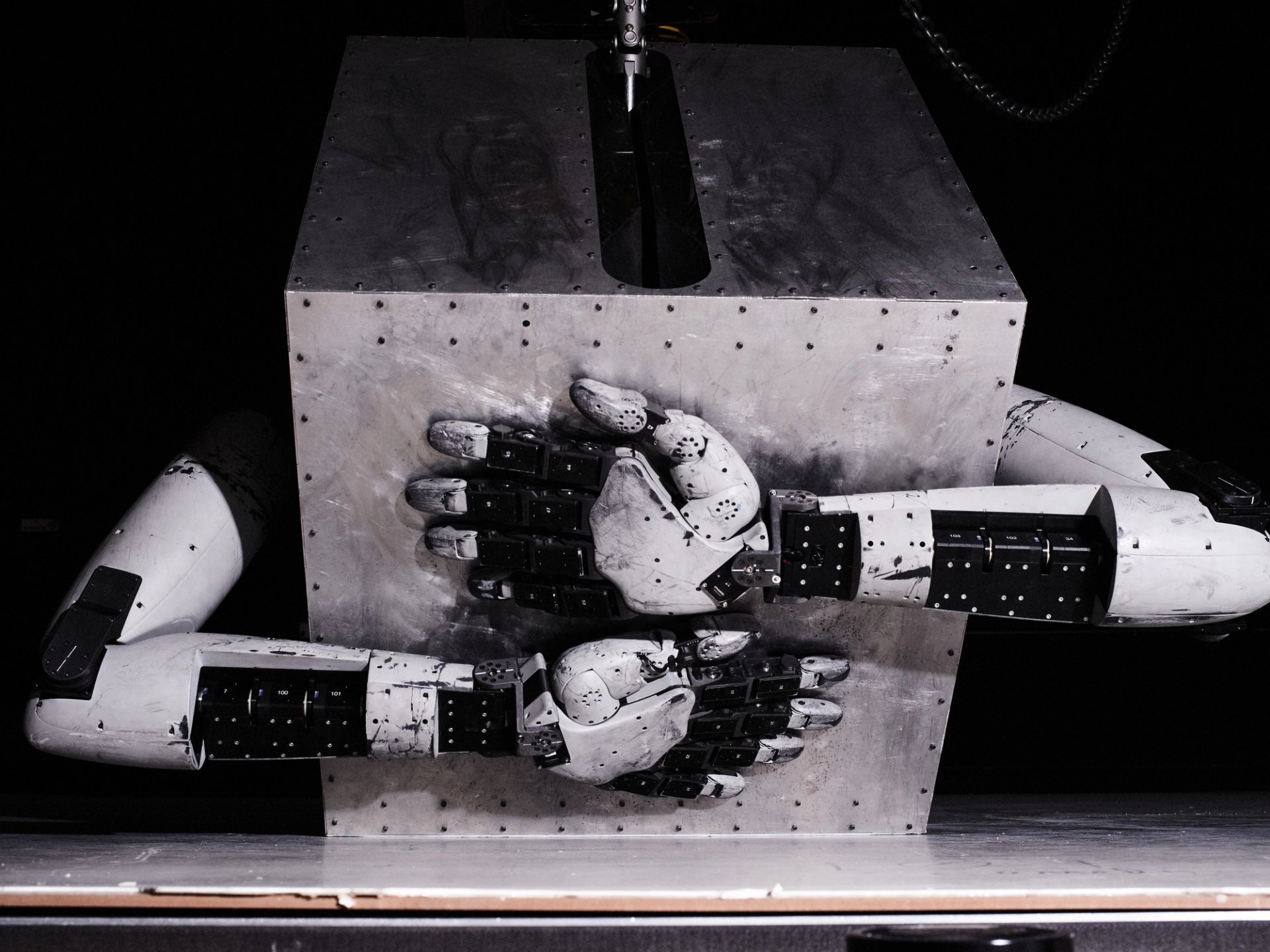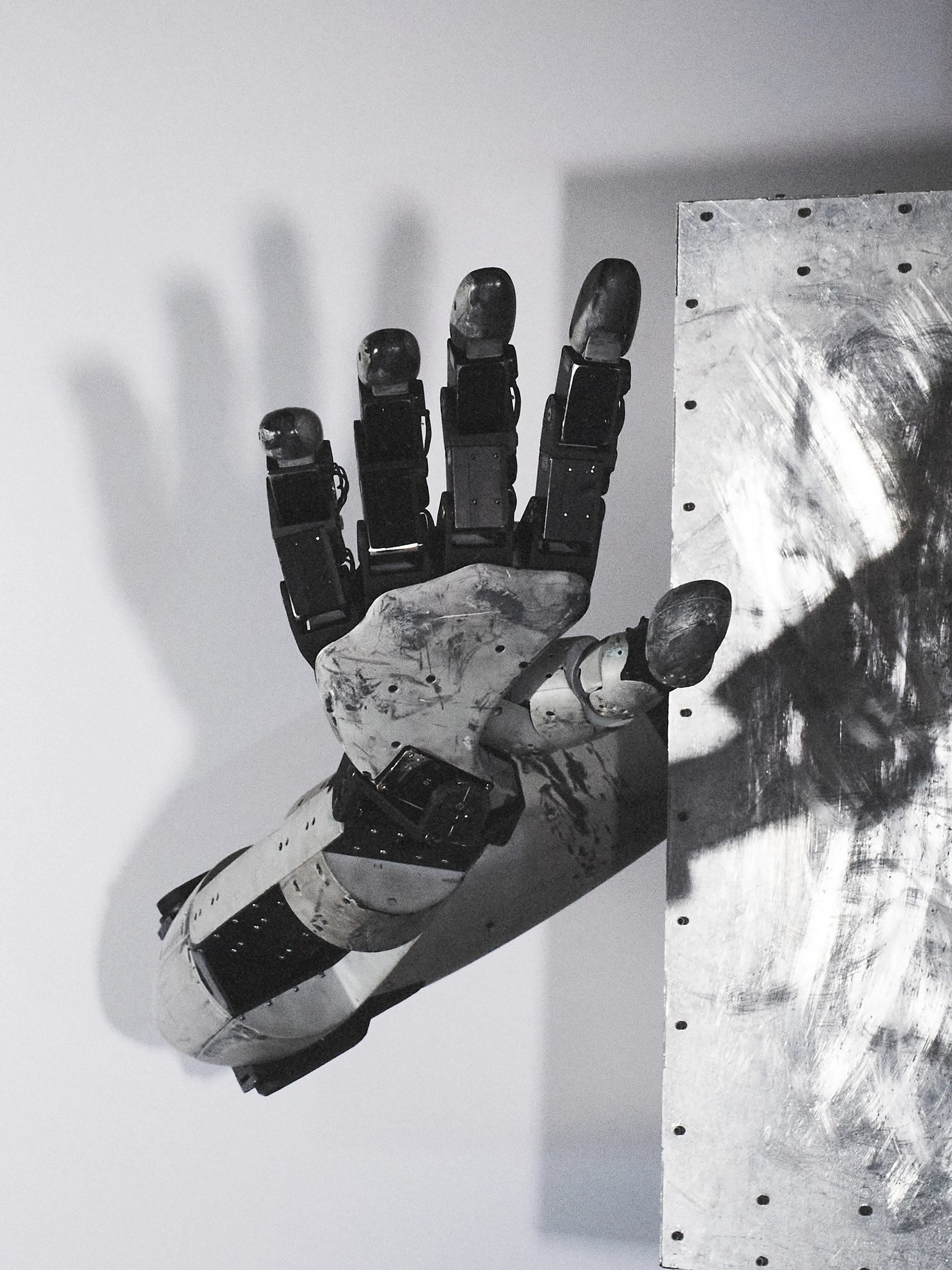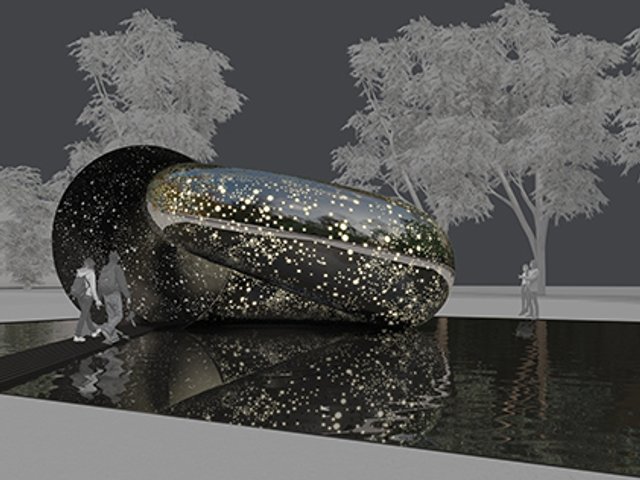National Gallery of Australia director Nick Mitzevich has defended his AUD$6.67 million purchase (£3.5m) of American artist Jordan Wolfson’s provocative robotic piece, Body Sculpture, amid a spotlight on government funding woes which may force the gallery to close for two days a week.
At the unveiling of the work at the Canberra institution on Thursday (7 December), Mitzevich described Wolfson’s piece as “compelling, unsettling” and a “groundbreaking work”.
Body Sculpture was commissioned more than five years ago when Mitzevich asked gallery owner Sadie Coles to introduce him to Wolfson. They all met at an Italian restaurant in New York, Wolfson’s hometown. (He now lives in Los Angeles).
“I was always fascinated by Jordan because I thought he had aspects in his practice that were emblematic of the 21st century, and that is the dualities in his practice,” Mitzevich tells The Art Newspaper.
Wolfson’s best-known work, Female figure (2014), was both “repulsive and seductive”, Mitzevich adds. His Coloured sculpture, 2016, was “both tender and aggressive”.
Body Sculpture is an aluminium and aerospace plastic cube, about the size of a clothes dryer. A humanoid arm protrudes from either side.

Sometimes the cube appears to clench its fists and bash its chest.
National Gallery of Australia Kamberri/Canberra, purchased 2019 © Jordan Wolfson. Courtesy Gagosian, Sadie Coles HQ, and David Zwirner. Photo: David Sims.
Advanced robotics and computer programming by Wolfson’s team of experts allow the hands’ finger movements to be extraordinarily delicate and poetic. Except when the cube appears angry, clenching its fists and bashing its chest. Or when it appears to descends into melancholy, and points two fingers at itself as though to shoot a gun.
Suspended from a gantry by a large chain and a robotic arm, the cube is choreographed so as to make startling, sudden movements after periods of apparent calm.
An introductory warning is played to the audience, warning that anyone who breaches the floor markings will cause the 30-minute performance to halt and everyone will be evacuated from the room.
In 2020, a year after Body Sculpture was commissioned, the Australian Pulitzer Prize-winning art critic Sebastian Smee described the work as “the sort of thing that will look like a total waste of money in a fairly short amount of time”.
But expensive works of (mostly international) art have been in a constant of the National Gallery’s collecting ethos.
In 1973 (three years after Mitzevich was born) inaugural director James Mollison splashed the then huge amount of AUD $1.3 million on Jackson Pollock’s Blue Poles (1952). The public at the time was scathing, but the work is now valued at AUD $500 million, Mitzevich said.
Other big items include Lucian Freud’s After Cezanne (2000) (bought for AUD $7.4 million in 2001), David Hockney’s A Bigger Grand Canyon (1998) ($5.3 million in 1999) and James Turrell’s Within Without (2010) (AUD $8.2 million in 2010).
In 2021 the gallery announced an AUD $14 million sculpture commission from Australian artist Lindy Lee. The 13-tonne walk-in walk-out sculpture, Ouroboros, is still being fabricated and will be installed outside the gallery in October 2024.

Details from Jordan Wolfson's Body Sculpture (2023)
National Gallery of Australia Kamberri/Canberra, purchased 2019 © Jordan Wolfson. Courtesy Gagosian, Sadie Coles HQ, and David Zwirner. Photo: David Sims.
Wolfson tells The Art Newspaper that Body Sculpture is number one in an edition of three. The other two works have not yet been made, he says.
Wolfson has teams of installation experts as well as technicians, notably the roboticist Mark Setrakian. But Wolfson’s own ideas and process are “intuitive, based completely on feeling”, he said.
Mitzevich said Body Sculpture addresses the world today with all its sins and evils. The work is not as frightening as Female figure, but Wolfson said looking at it has made him “incredibly sad”.
National Gallery head curator, international art, Russell Storer said Body Sculpture addresses Artificial Intelligence, “not in a dogmatic way, but in a more intuitive and psychological way”.
A statement by the gallery said “Wolfson’s art positions the audience in a physical and moral confrontation with issues facing society and our own place within them, acting as a witness to the darkness of the human condition.”



